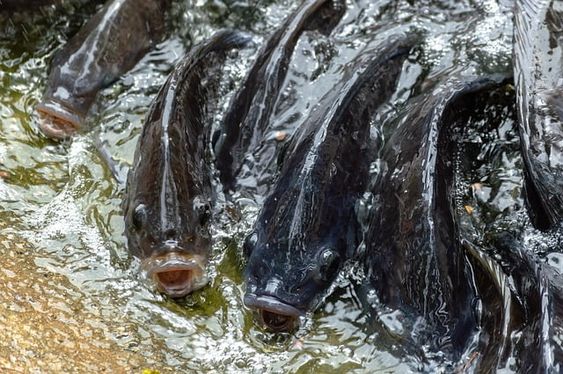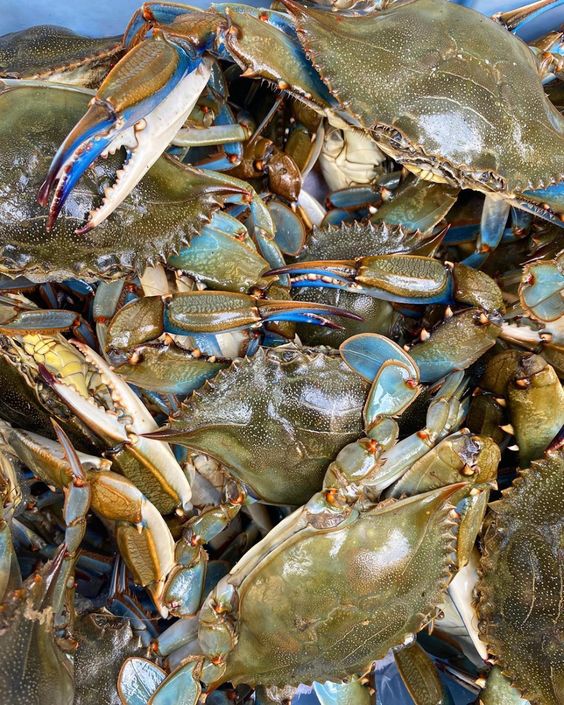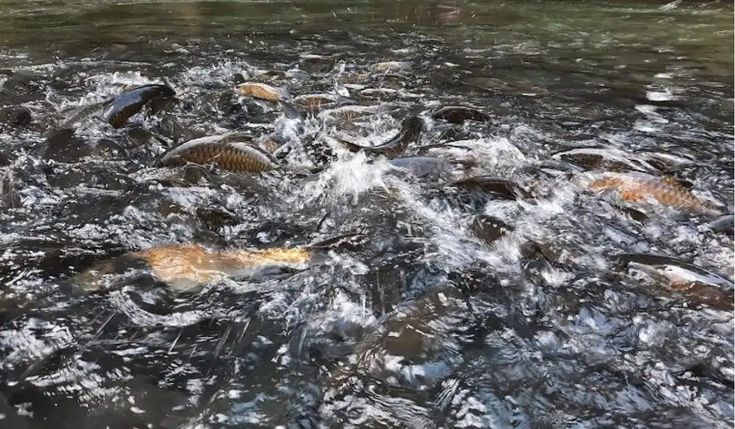The All-Encompassing Guide to Fresh Fish Ponds: From Creation to Cultivation
Fresh fish ponds offer a unique blend of beauty, sustainability, and delicious rewards. They can be a source of fresh, healthy protein for your family, a calming addition to your landscape, and even a small-scale business venture. This comprehensive guide delves into the world of fresh fish ponds, exploring everything from their creation and maintenance to the types of fish you can raise and the benefits they bring.
Fresh Fish Ponds
A fresh fish pond is a human-made body of water specifically designed for raising fish. Unlike natural ponds or lakes, they offer greater control over water quality, fish species, and overall health of the aquatic ecosystem. Fresh fish ponds can be constructed in various sizes, from backyard havens to large-scale aquaculture operations. Depending on your goals, they can be simple or elaborate, with decorative elements like plants or waterfalls.
The Benefits of a Fresh Fish Pond
Fresh fish ponds offer a multitude of benefits, appealing to both hobbyists and those seeking a more sustainable lifestyle:
- Fresh, Healthy Food: The primary benefit is access to a steady supply of fresh, healthy fish. You can raise a variety of fish species, each with unique flavors and nutritional profiles.
- Sustainability: Fish ponds promote a closed-loop system. The waste produced by the fish helps fertilize aquatic plants, which in turn provide food and oxygen for the fish. This reduces reliance on external inputs.
- Improved Water Quality: Well-maintained fish ponds can actually improve surrounding water quality. They act as natural filters, removing pollutants and excess nutrients from runoff water.
- Increased Biodiversity: Fresh fish ponds can attract a variety of wildlife, including birds, frogs, and beneficial insects, fostering a more diverse ecosystem in your backyard.
- Aesthetic Appeal: A well-designed pond can be a stunning addition to your landscape, adding tranquility and visual interest to your outdoor space.
- Stress Relief: The sound of babbling water, the vibrant life in the pond, and the act of caring for your fish can all contribute to a sense of relaxation and stress reduction.
Objectives for Your Fresh Fish Pond
Before you embark on creating a fresh fish pond, it’s crucial to define your objectives. Are you looking for a personal source of food, a decorative feature, or a potential business opportunity? Identifying your goals will guide your decisions on size, design, and fish species.
Fresh Fish Pond Ideas and Inspiration
There’s no one-size-fits-all approach to fresh fish ponds. Here are some creative ideas to spark your imagination:
- Backyard Oasis: Create a small pond with a variety of plants and decorative rocks. Stock it with colorful fish species like goldfish or koi for a visually stunning addition to your patio or garden.
- Family Fun Pond: Build a slightly larger pond suitable for catching fish. Raise edible fish like trout or catfish, allowing your family to participate in the harvesting process.
- Aquaponics System: Combine your fish pond with a vegetable garden. The nutrient-rich water from the pond can be used to fertilize your plants in a sustainable aquaponics system.
- Wildlife Sanctuary Pond: Design a pond that attracts a variety of wildlife. Choose native plant species and avoid using harsh chemicals to create a haven for birds, frogs, and insects.
- Commercial Fish Farm: For a larger-scale venture, consider a commercial fish farm. This requires extensive planning, permitting, and knowledge of fish farming practices.
Considerations Before Creating Your Fresh Fish Pond
Fresh Fish Ponds,Before getting started, there are several key factors to consider:
- Location: Choose a site with good sun exposure and access to a reliable water source. Ensure proper drainage for pond maintenance.
- Size: The size of your pond will depend on your needs and available space. Start small if you’re new to fishkeeping.
- Depth: Maintain a minimum depth of 3-4 feet to provide enough space for fish growth and temperature regulation.
- Lining: Use a pond liner made of durable material like high-density polyethylene (HDPE) to prevent water loss and erosion.
- Filtration: A good filtration system is essential for maintaining water quality and fish health. Biological filters utilize bacteria to break down fish waste.
- Aeration: Providing adequate oxygen levels is crucial. Consider adding a pump or waterfall to create water movement and oxygenate the pond.
- Plants: Aquatic plants play a vital role in maintaining water quality by providing oxygen, filtering pollutants, and creating a natural habitat for fish.






